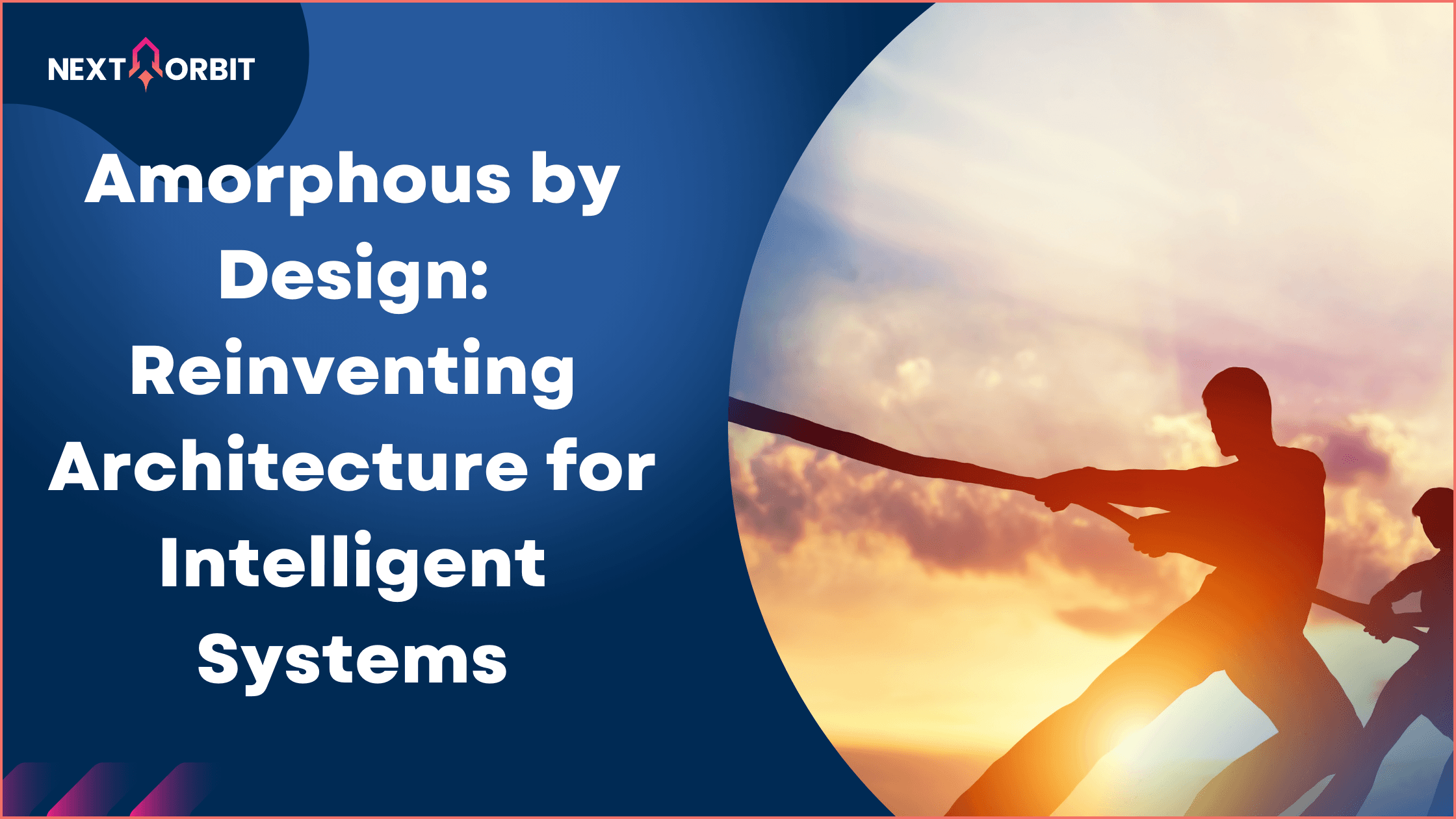Why is your infrastructure flowing like honey when it could be flowing like water?
Remember high school thermodynamics? That moment when your teacher explained fluidity and viscosity, and suddenly the world made a little more sense? Water flows effortlessly around obstacles, taking the shape of whatever container holds it. Honey, on the other hand, moves slowly, deliberately, fighting every step of the way.
Here’s the fascinating thing: your enterprise infrastructure is probably flowing like honey when it could be flowing like water.
Let’s unpack that.
The Viscosity Trap
Look at the most enterprise architectures today. Whether you’re running monolithic applications or sophisticated microservices, there’s something beautifully rigid about how everything operates. Traffic flows through predetermined ingress points. Applications serve specific functions through carefully designed abstraction layers. Data moves along defined paths between compute and storage resources.
It’s orderly. It’s predictable. It works.
But it’s also incredibly viscous.
Think about it, when a request hosts your system, it follows a prescribed journey. Microservice A talks to Microservice B, which queries Database C, which returns results through mostly the same pathway. Every flow is mapped, every connection understood. There’s beauty in that order. This isn’t necessarily wrong. It’s been the foundation of reliable enterprise computing for decades. But what if we’re approaching a fundamental shift in how infrastructure can behave?
The Fluid Future
Here’s where things get interesting. What if your infrastructure weren’t made of fixed-function services, but rather autonomous units of cognition?
Imagine components that can discover each other, assess capabilities, and collaborate, not through rigid instructions, but through spontaneous, adaptive interaction. Like a team of experts in a room, each bringing their speciality, talking, listening, solving problems together. In real time.
This is the new paradigm of fluid infrastructure. And it behaves more like people than like parts.
Beyond Compute and Storage: Enter Cognition
For decades, we’ve obsessed over computer cycles and data blocks. We’ve scaled processors, optimized databases, and perfected our pipelines. But the next evolutionary leap might be something entirely different: Units of Cognition.
What does this look like in practice?
Imagine:
- Services that discover each other in real time.
- Components that negotiate and adapt to solve problems on the fly.
- Infrastructure that learns from past interactions.
- Systems that self-organize securely and compliantly around tasks.
We’re not replacing humans. We’re building systems that mirror our best human qualities: awareness, adaptability, and collaboration.
The Security Paradox
But wait, if everything becomes fluid and dynamic, what happens to security? What about the zero trust principle that assumes every component could be compromised?
Here’s the beautiful paradox: true fluidity might enhance security, not compromise it.
Think of it this way: in a rigid system, an intruder knows where the doors are. In a fluid system, the rooms rearrange themselves. The key is bounded fluidity, creating secure perimeters where cognitive units can interact freely while preventing infiltration and data exfiltration. It’s like having a highly secure building where people inside can collaborate dynamically, but the building itself remains impenetrable.
The future of security lies in bounded fluidity: tightly controlled perimeters within which intelligent interactions can flourish. It’s not chaos – it’s secure dynamism.
Real-World Implications
This evolution is already beginning in subtle ways. Modern Kubernetes orchestration shows hints of this fluidity, pods scaling up and down, services discovering each other, and workloads moving between nodes based on real-time conditions.
But imagine taking this several steps further:
- Intelligent load balancing, where services negotiate capacity in real-time based on current demand patterns.
- Dynamic security posturing where threat detection systems collaborate instantly to respond to emerging attacks.
- Self-optimizing data flows where storage and compute resources recognize themselves based on usage patterns and business priorities.
- Autonomous problem-solving where infrastructure components work together to resolve issues before they impact users.
The Timeline Reality Check
Is this pure vision, or are we heading towards this reality? The honest answer is: we’re closer than most people realize. The technologies are already here. What’s missing? The mindset.
The foundation technologies, AI agents, service mesh architectures, intelligent orchestration, and real-time analytics are already in enterprise environments. What’s missing isn’t the technology; it’s architectural thinking that connects these capabilities into a truly fluid system.
The Human Element
Here’s what makes this transition particularly fascinating: fluid infrastructure mirrors how high-performing human teams work. The most high-performing teams don’t follow rigid scripts. They’re adaptive. People recognize strengths, swarm around challenges, and adjust on the fly. With boundaries. With clarity. But with fluidity.
Why shouldn’t your infrastructure behave the same?
Designing for Fluidity
If you’re architecting systems today, how do you prepare for this fluid future? Start thinking in terms of capabilities rather than components: The shift is subtle but profound. You’re designing for adaptive collaboration rather than fixed integration.
The Next Chapter
We’re standing at the threshold of infrastructure that can think, adapt, and collaborate. Not infrastructure that replaces human judgment, but infrastructure that amplifies human intention with intelligent execution.
The question isn’t whether this fluid future will arrive; the question is whether your organization will be ready to flow with it.
What would your enterprise look like if your infrastructure could think as dynamically as your best teams? What new possibilities would emerge?
The fluid future is closer than you think.

